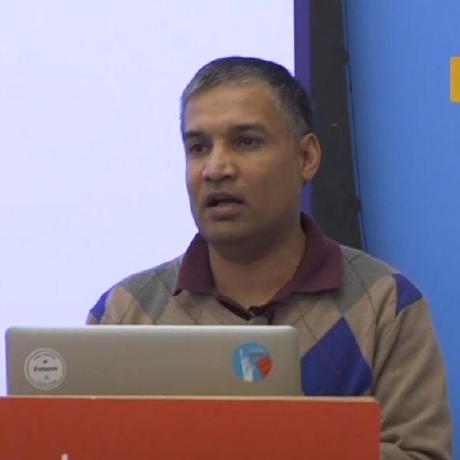Applications, like ideas, begin small and grow over time. Initially, an app might be a single-user demo for your next unicorn startup. If it resonates with your user base, the natural progression involves scaling it to accommodate multiple users. At this point, you need authentication, access control, and administrative functionality.
Adapting your domain model to new requirements is essential and Exograph provides robust support for this process. As your domain evolves, you can easily update the Exograph model to match it. As the model changes, the GraphQL API is automatically synchronized with the model. Exograph also helps manage database migrations. As changes in access control demands arise, you can easily represent them in your model. Additionally, Exograph enables declarative testing, minimizing the risk of regressions as adaptations unfold.
In this blog, we will focus on how Exograph streamlines the evolution of access control rules. We will develop a todo app from scratch starting with a single-user application with no authentication. We will then migrate it into a multi-user platform—complete with authentication and access control. We will see how Exograph makes this transition seamless.





